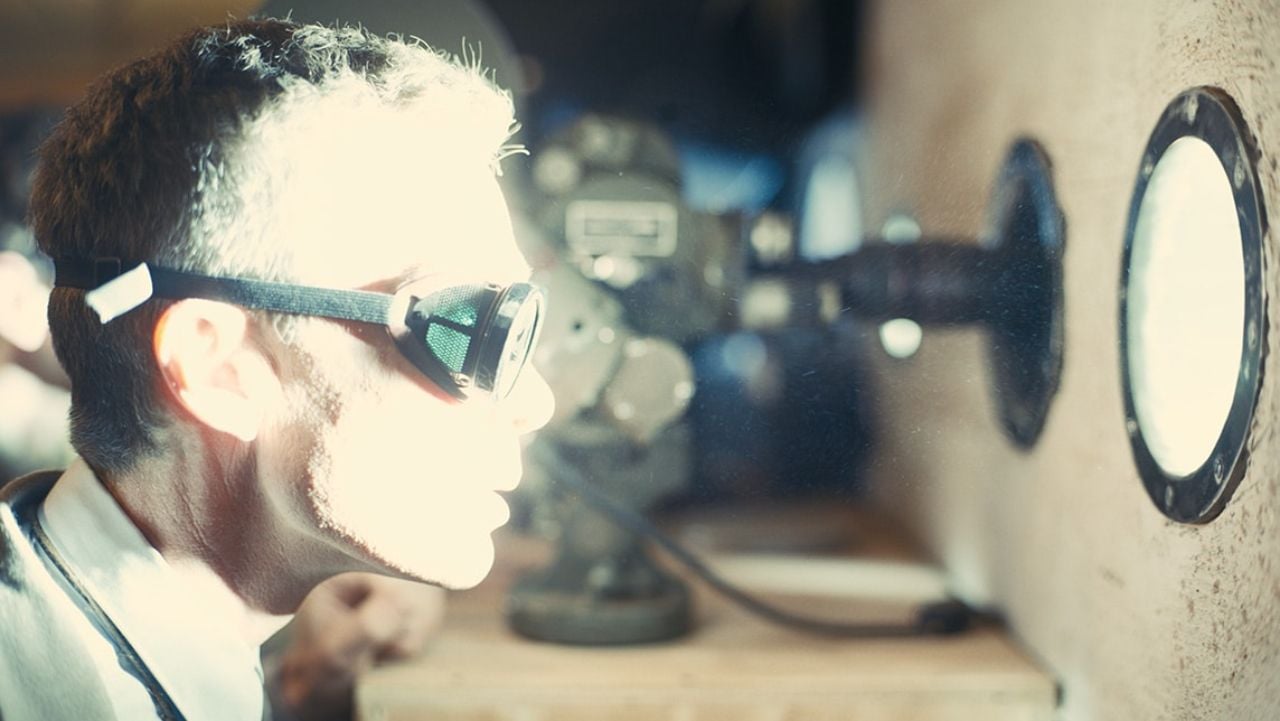There are many options on the market, but not always the most expensive is the best; find out what to consider when buying your toothbrush and how to store it
choose the toothbrush ideal is not an easy task. There are electric versions, with different amounts of bristles, various formats and even some made from recycled material, such as bamboo. Prices also vary a lot. There are brushes that can cost more than R $ 400. It is to leave no one lost.
However, while it seems complicated to find a toothbrush that meets your needs among so many options, this is no small choice. On the contrary: choosing the ideal toothbrush is essential for good tooth cleaning and avoiding complications, such as tooth decay. Consult the advice of the orthodontist to choose the ideal toothbrush.
Pay attention to the cables
There are recommendations regarding the handle of toothbrushes. “Children’s toothbrushes should be at least 10 centimeters long and adult toothbrushes should be at least 13 centimeters long,” says Gabriel Politano, an orthodontist and professor at the Faculdade São Leopoldo Mandic, who suggests looking at the packaging to confirm the size.
The handles also need to have a good grip and grip. Since, in general, brushes are sold in packages, the issue is to observe whether they have regions with different textures and shapes, such as a gummed or embossed area. “These features prevent the brush from slipping out of your hands while brushing,” he explains. Brushes with smooth handles may not be suitable, especially for people with mobility issues.
Bet on soft or extra soft bristles
The bristles of a toothbrush are used to clean the teeth, but it is important to ensure that the removal of bacterial plaque and other food does not cause damage. The very hard bristles can attack the gums, wear down the tooth enamel and lead to increased sensitivity in the region, as well as a lot of discomfort. Therefore, the orthodontist’s recommendation is to invest in toothbrushes with soft or extra soft bristles.
Medium and hard bristles are only recommended for cleaning dentures and dentures. Otherwise, avoid using them. The soft bristles, on the other hand, can be used in all audiences: from children to the elderly. Extra soft ones are also released, but are more suitable for those with some kind of sensitivity or who have undergone surgery.
children’s brushes
For the little ones, some indications are similar: use brushes with soft or extra soft bristles and with all the bristles at the same height. However, for this audience, there are usually differences in brushes based on age group. And it is important for parents, guardians or carers to pay attention to this point when buying a children’s toothbrush.
For younger children it is necessary that the size fits the hands of the parents, as they are the ones who will be doing the brushing. For older children, who are already able to brush their own teeth, the toothbrush should fit the child’s size. In general, the labels indicate which age group that brush is suitable for. Following what is recommended on the packaging can facilitate a more assertive choice.
Braces brush
There is no shortage of oral hygiene items for those who use fixed orthodontic appliances. There are options like tuff brushwhich allows you to clean each tooth individually, e interdental brush, which has very fine bristles that cross the orthodontic wires connected to the brackets. “But, while they’re good options, there aren’t any studies that show a significant difference with using them versus a regular brush,” she reflects.
A regular toothbrush is able to do a good cleaning on your teeth with braces. The main thing is to strengthen the brushing, as the device can do it facilitate the accumulation of food waste. It is also essential to observe the visual aspect of the brushes, which can be damaged faster. When the bristles look more worn, it’s important to replace them with a new one.
Is it necessary to invest in an electric toothbrush?
The electric toothbrush is another available option. From the point of view of oral hygiene, the dentist does not consider that there are very different results from the common toothbrush. “It manages to reduce bacterial plaque even better than a conventional toothbrush, but irrelevant result“he says, who sees this in a positive light, since electric toothbrushes tend to have higher prices. “It’s the minority of the population who can buy this type of product,” he says.
However, in other situations, it may be indicated, such as for people with mobility difficulties, such as those with neurological pathologies that affect movement, or for those who use fixed orthodontic appliances. “In these cases, there are more benefits to having a brush do the scrubbing motion on its own,” he says.
For children who are resistant to the habit of brushing their teeth, electric toothbrushes can also help. “Many companies have launched electric toothbrushes with a design, which connects to the tablet and also talks to the child,” she says. “If it encourages your child to brush their teeth, it might be worth it, but not for the cleaning itself.”
Make an appointment with a dentist
While these recommendations may be helpful, it’s important that a the orthodontist performs an evaluation. “There are different indications for different types of schools and they are very individual. Therefore, the most important thing is to follow the recommendations of your dentist,” says Politano.
Does the price make a difference?
In the supermarket, a toothbrush costs less than R$ 10, not to mention promotional packs with multiple toothbrushes. But there are models, such as the Curapox and Edel White brands, which can cost up to R$ 45. For the orthodontist, in terms of hygiene, there are no major differences between these brands and the ordinary toothbrush sold in the supermarket.
To justify the higher price of these models are characteristics such as the flexibility of the handle and the type of bristle, which is usually extra soft and in greater quantities. These are positives, which may make brushing easier, but that doesn’t mean the cheaper versions aren’t good options.
The orthodontist reiterates that, for the general public, the most important thing is that it is a toothbrush with soft or extra soft bristles and easy-to-grip handles. If the cheaper brushes offer these foundations then they are recommended. In case of specific needs, other indications can be indicated, but it is necessary to consult an expert to understand which is the most suitable toothbrush in this scenario.
How to store the toothbrush?
- Hygiene. After brushing, it is important to wash your toothbrush well to remove all toothpaste residue. Avoid saving it right away. The recommendation is to keep it for a few hours in the open air to dry.
- Storage. Avoid storing in places near the toilet. During brushing, coliforms can reach the toothbrush and contaminate it. Also, if there is more than one brush in the house, try to keep a certain distance between them.
- Humidity. Wet places are also not indicated. For this reason, protective covers, for example, are not indicated, as they create a humid environment conducive to the reproduction of bacteria.
- Visual aspect. On average, brushes should be changed every 3 months, but this will vary depending on usage. Therefore, it’s important to look at the visual appearance of the brush to know if it’s time to buy a new one.
Source: Terra
Ben Stock is a lifestyle journalist and author at Gossipify. He writes about topics such as health, wellness, travel, food and home decor. He provides practical advice and inspiration to improve well-being, keeps readers up to date with latest lifestyle news and trends, known for his engaging writing style, in-depth analysis and unique perspectives.






